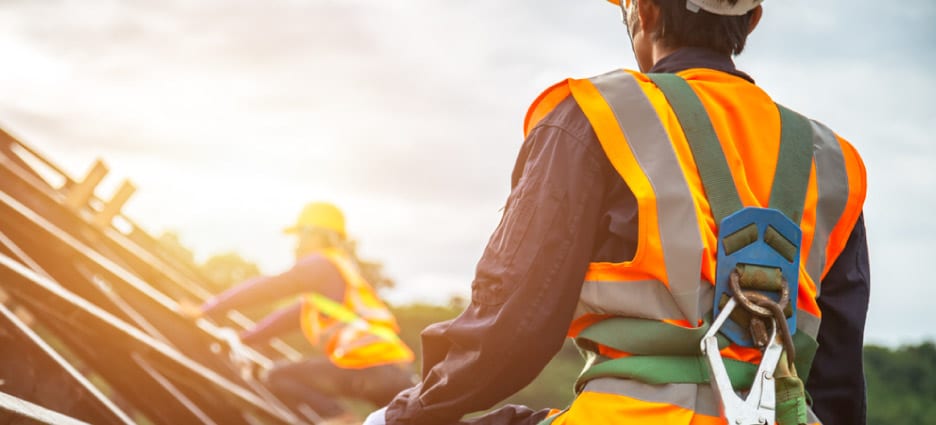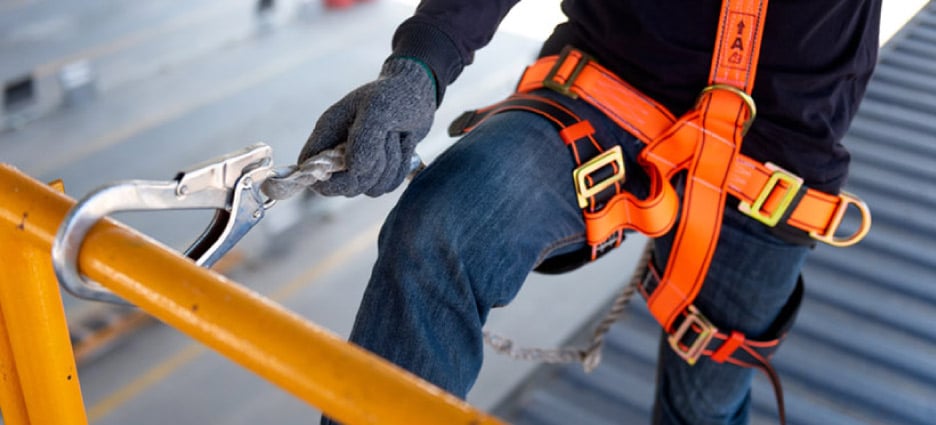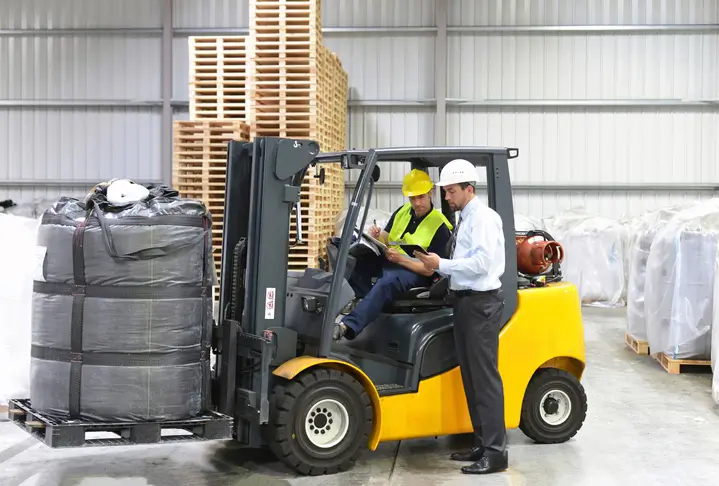Fall Protection Guidelines
The construction industry has the highest number of fall-related fatalities, with over 300 deaths per year. Falling inside an occupational workplace remains a very serious concern. Around twenty percent of deaths in occupational workplaces are caused by falls. As we start a fall protection program, please include all potential fall hazards in the work environment. OSHA outreach courses, both 10-hour and 30-Hour, contain training on fall protection. There are various ways companies can shield laborers from falls, including using customary methods, such as guardrail frameworks, security net frameworks, individual fall insurance frameworks, the selection of safe work rehearsals, and the arrangement of fitting preparation.
Besides this, OSHA 30 Construction course exceptionally intended for construction workers seeking career opportunities as supervisors or managers in the construction industry. This online training course not only educates about protective measures from fall hazards but also teaches adequately about fire, protection, electrical safety, Personal Protective Equipment, site safety plans and measures, and many other essential site safety topics.
The utilization of caution lines, assigned territories, control zones, and comparative frameworks are allowed by OSHA in certain circumstances and can give security by restricting the number of laborers uncovered. Regardless of whether to direct a peril appraisal or build up a thorough fall insurance plan, contemplating fall dangers before the work starts will assist the business with overseeing fall risks and spotlight consideration on anticipation endeavors.
On the off chance that individual fall security frameworks are utilized, specific consideration ought to be given to recognizing a connection focus and guaranteeing that representatives realize how to appropriately utilize and examine the hardware. The accompanying references help in perceiving and assessing fall protection dangers in the work environment.

Organizations should set up fall insurance to keep the representatives from tumbling off overhead stages, workstations, floor openings, and stepping stools. Likewise, OSHA requests a fall insurance plan at the height of 4 feet in the overall business, 8 feet in long shoring tasks, 6 feet in the development business, and 5 feet in the shipyard. OSHA additionally requires a fall assurance plan when working with large equipment and hazardous gear, guarding each floor opening or any surface that requires fall security. A watchman rail is carefully needed for all open-sided stages. A fall security plan ought to likewise be followed on strolling surfaces to shield laborers from falling into hazardous material.
Handrails and Guardrails: should comprise the top rail and mid-rail and should be 42 inches high. The step rail should be appropriately associated with a divider or parcel. The step rail should be 30-40 inches high from the surface.
Toe boards: Should comprise a boundary at the workstation zone and shield the devices from falling and representatives’ feet from tumbling. The hindrance ought to be appropriately introduced and ought not to be in excess of a quarter-inch from the beginning.
Full-body tackle and straps: It is necessary to wear appropriately and consistently during stature activities. Keeps a representative suspended noticeable all-around during fall.
Security net: Safety nets are needed for under 25 feet of tallness and working surface.
Appropriate scaffolding: When the framework is at any position 10 feet over the lower level, a skilled individual should decide the possibility and security prerequisites for giving fall protection to workers. Scissor lifts should be equipped with guardrails, which fulfill OSHA’s fall protection plan prerequisite. When chipping away at the suspended platform, workers should be attached to an anchor point or utilize a fall protection framework.
Fall assurance rules in the development business:

Falls are the second leading cause of workplace fatalities, accounting for 15% of all workplace deaths. Authorities like OSHA have set certain standards to decrease falling hazards. Guardrails should ensure workers’ entrances, runways, and different walkways from falling six feet or more from ground level. Representatives working close to unearthing wells, pits, and shafts six feet or more deep should be shielded from falling by guardrails, walls, blockades, covers, or other visual boundaries. An employee working above risky gear should be shielded from falling.
On the off chance that the worker is under six feet over the hardware, guardrail frameworks or anchor gear should be utilized. On the off chance that the worker is six feet or more over the hazardous gear, guardrails, individual fall capture frameworks, or safety nets should be utilized for fall protection. OSHA 10-30-hour construction training is designed for the construction industry to minimize workplace accidents and to enhance process flow. In addition, upon completing the training, you will receive an OSHA 30 card and an OSHA 10 card on behalf of the U.S. Department of Labor.
Conclusion
By following the fall protection guidelines, businesses can protect their workers from injurious and fatal incidents. Small precautions, such as making sure the guardrails are up to size and workers are wearing safety harnesses properly, can save lives and prevent the business from paying hefty fines and compensations.






